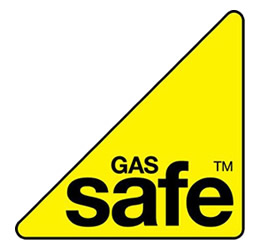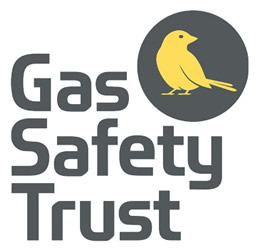Resources
Increasing your awareness of carbon monoxide and the dangers of carbon monoxide poisoning will reduce the risk. Here are some additional resources about this silent killer to help you avoid becoming a victim.

Fire Service
Information and advice about carbon monoxide poisoning, its symptoms and how it can be prevented.

CO BE Alarmed
A national campaign to reduce the number of deaths and injuries caused by carbon monoxide.

NHS Choices
Information and advice about carbon monoxide poisoning, symptoms, causes, prevention and treatment.

Gas Safe Register
The official list of gas engineers who are registered to work safely and legally on gas appliances.

Gas Safety Trust
The Gas Safety Trust (formerly The CORGI Trust) has become the UK's leading gas safety charity.

Headway
Headway, the charity that works to improve life after brain injury, provides useful information.
Reviewed: 12/07/2023 (doc:547 V1.1). Our articles are reviewed regularly. However, any changes made to standards or legislation following the review date will not have been considered. Please note that we provide abridged, easy-to-understand guidance. To make detailed decisions about your fire safety provisions, you might require further advice or need to consult the full standards and legislation.

